GB2SL International Lighthouse Lightship Weekend – ILLW 21st 22nd August 2021
Once again, the Humber Fortress ARC club working alongside Yorkshire Wildlife Trust will be putting a live HF Radio Station on the amateur radio bands from Spurn Point Lighthouse. From 21st August and running until 1500 hr 22nd August. The club members are really looking forward to this event. With the move of the radio Club in 2019 and Covid restrictions in 2020, we missed out on our annual trip to the lighthouse.
There are two lighthouses situated close to each other at the southern end of the point. There have been lighthouses on Spurn since 1427 due to the dangerous currents and sandbanks that lie beneath the Humber’s surface.
There is little record of what Spurn’s earlier lighthouses looked like, but we know they have been built in pairs since 1674 and at least eight have been swept away in storms. They were built in twos (called high and low lights) to help sailors navigate in the Humber estuary. In 1852 the last, and still standing, low light was built. However, when the present lighthouse was built the low light was no longer needed as three additional lamps were placed in the body of the lighthouse instead. It has since been used as an explosive store and a water tower. Now it stands deserted.
Thomas Matthews designed the present lighthouse in 1893-5 when the previous one was discovered to be cracking. It stands on an artificial rock foundation that goes down 22 feet (7m) and took nearly two years to build.
Later the oil lamp was converted to electricity (1941) and gas (1957) on which ran until 1985 when it was last used.
First Lighthouse built: 1427
Current lighthouse built: 1893-5
Height: 128ft (39m)
Steps: 145
Made of: 300,000 Staffordshire bricks
Designed by: Thomas Matthews
Built by: Stratten’s of Edinburgh
Last day of use: 31st October 1985
Location: End of Spurn Point.
We will head down to the lighthouse on Saturday morning at 7 am. The trip starts with a ride in the YWT Unimog as the road has been breached over the years and the Unimog makes easy work of getting across the difficult terrain.
Once down at the lighthouse, the equipment will be unloaded from the Unimog, then we will start to set up the station.
One job is to climb the 145 steps to the top of the lighthouse, then lower a 300-meter rope over the side which we run out along the beach. Then we will put halyards along this rope to run 160m 80m 40m dipoles and verticals from.
Once we have set up the station we will be on the air! Please call in into the event if you hear us on the air using callsign GB2SL.
If you fancy a walk down to the lighthouse, please come along but remember to check tide times before travelling.
Please see the Yorkshire Wildlife Trust website for more info.

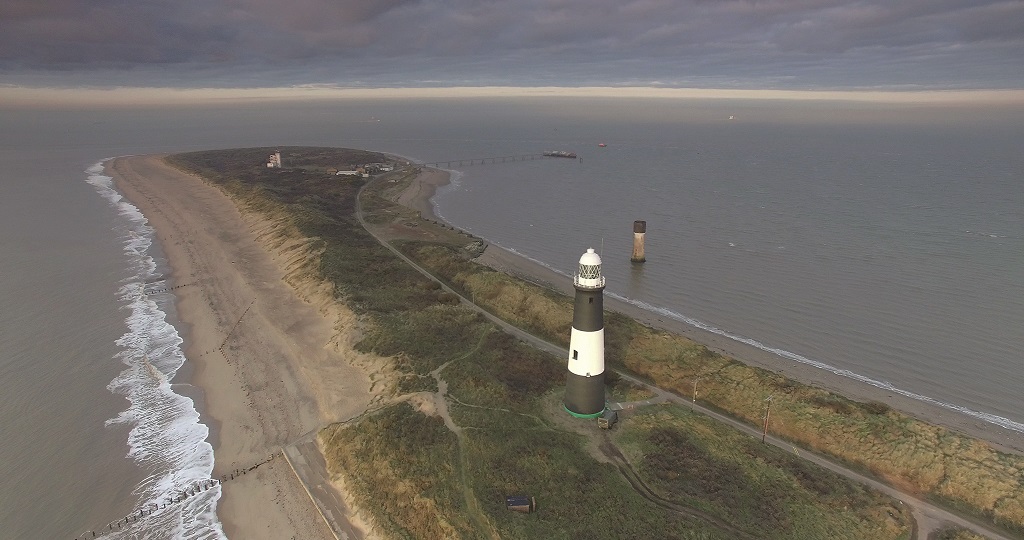


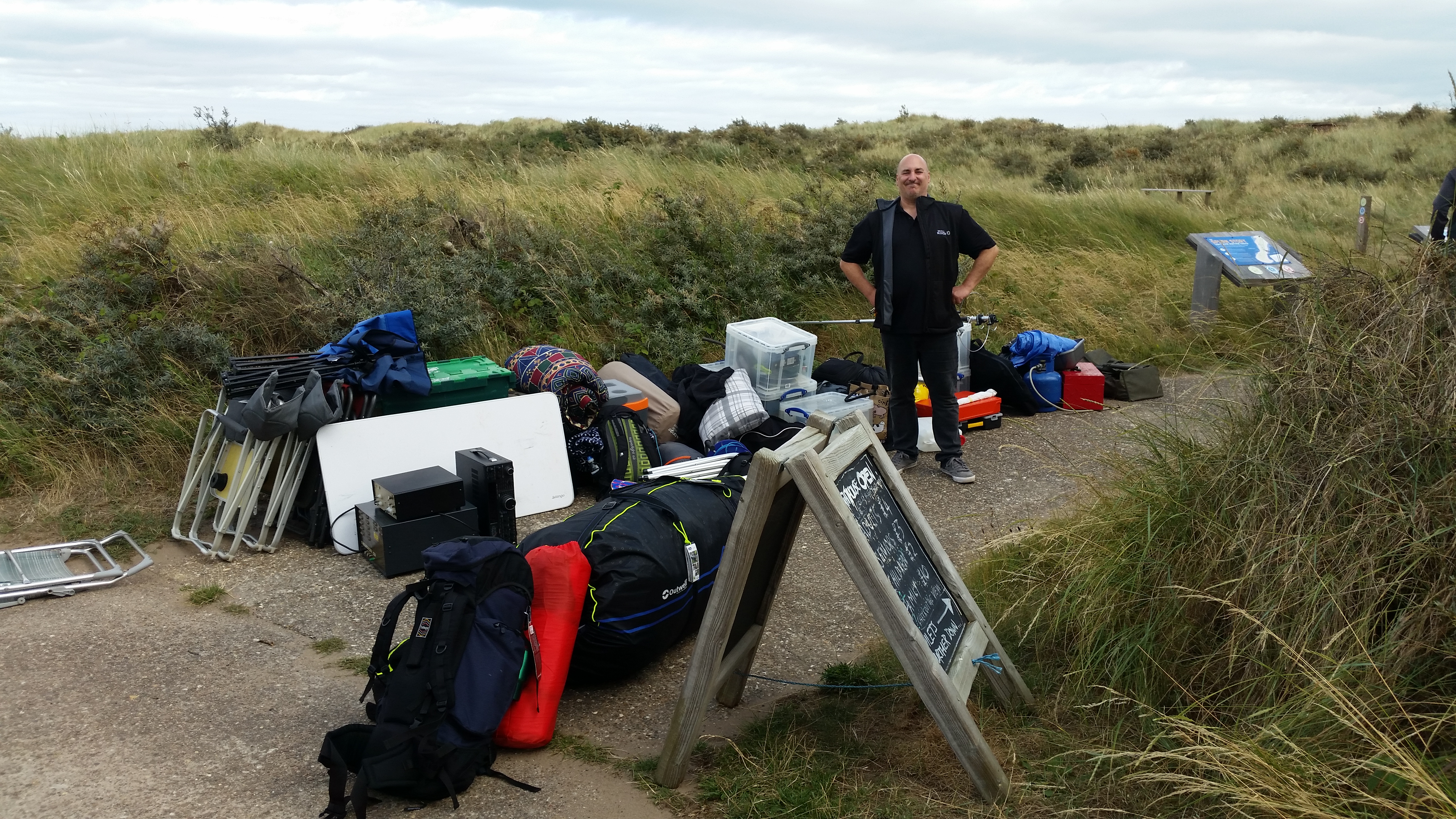
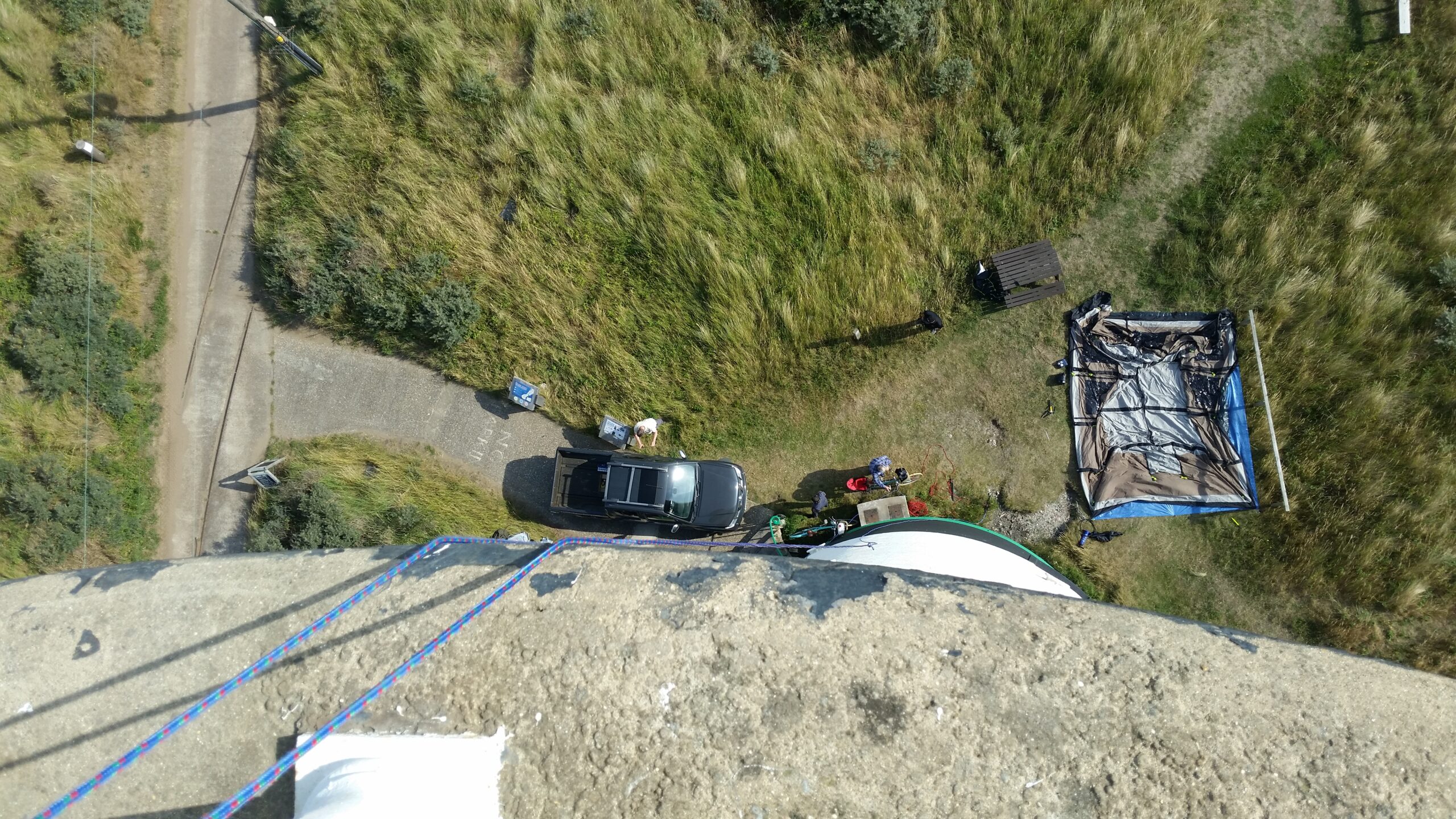

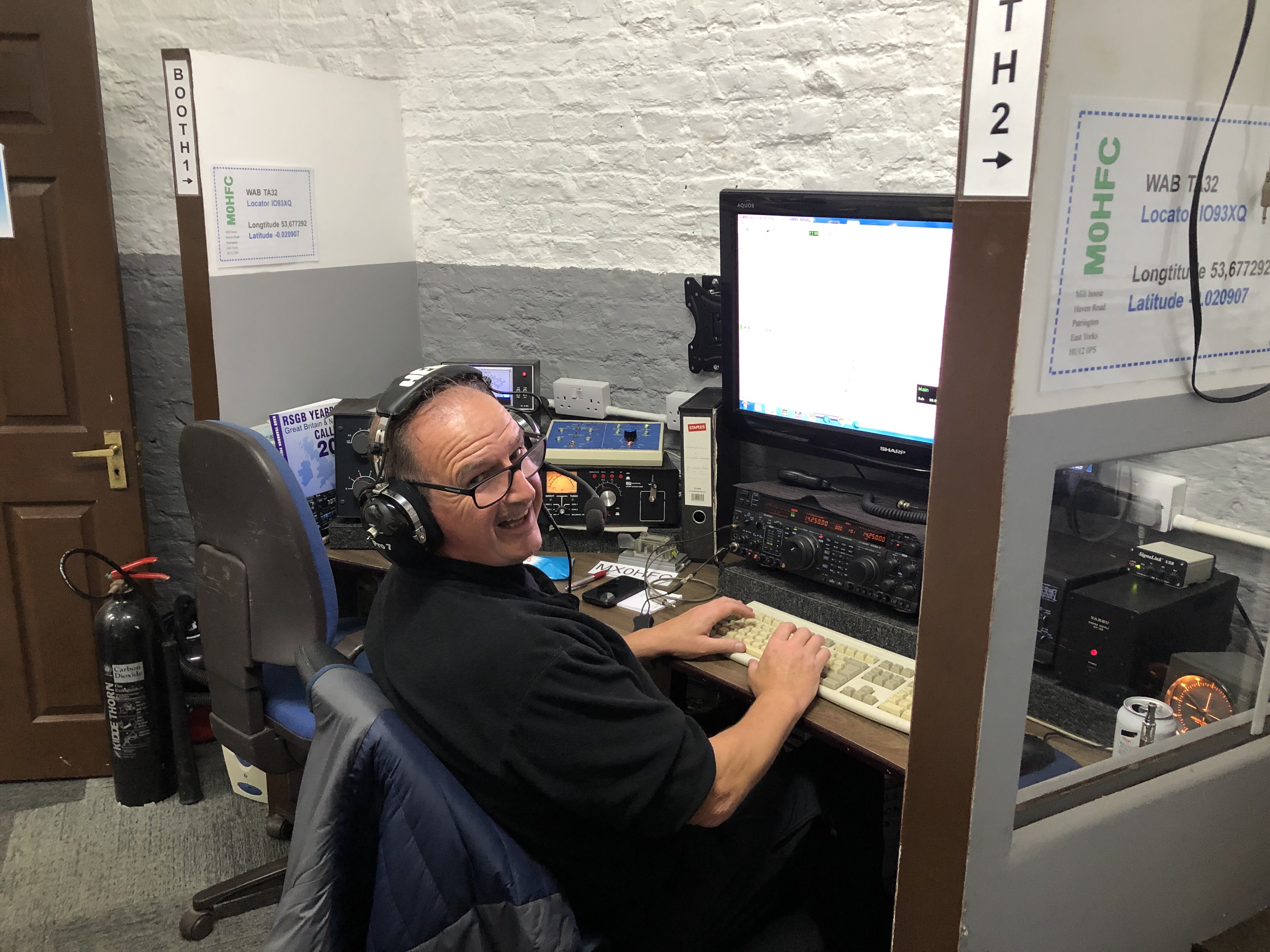
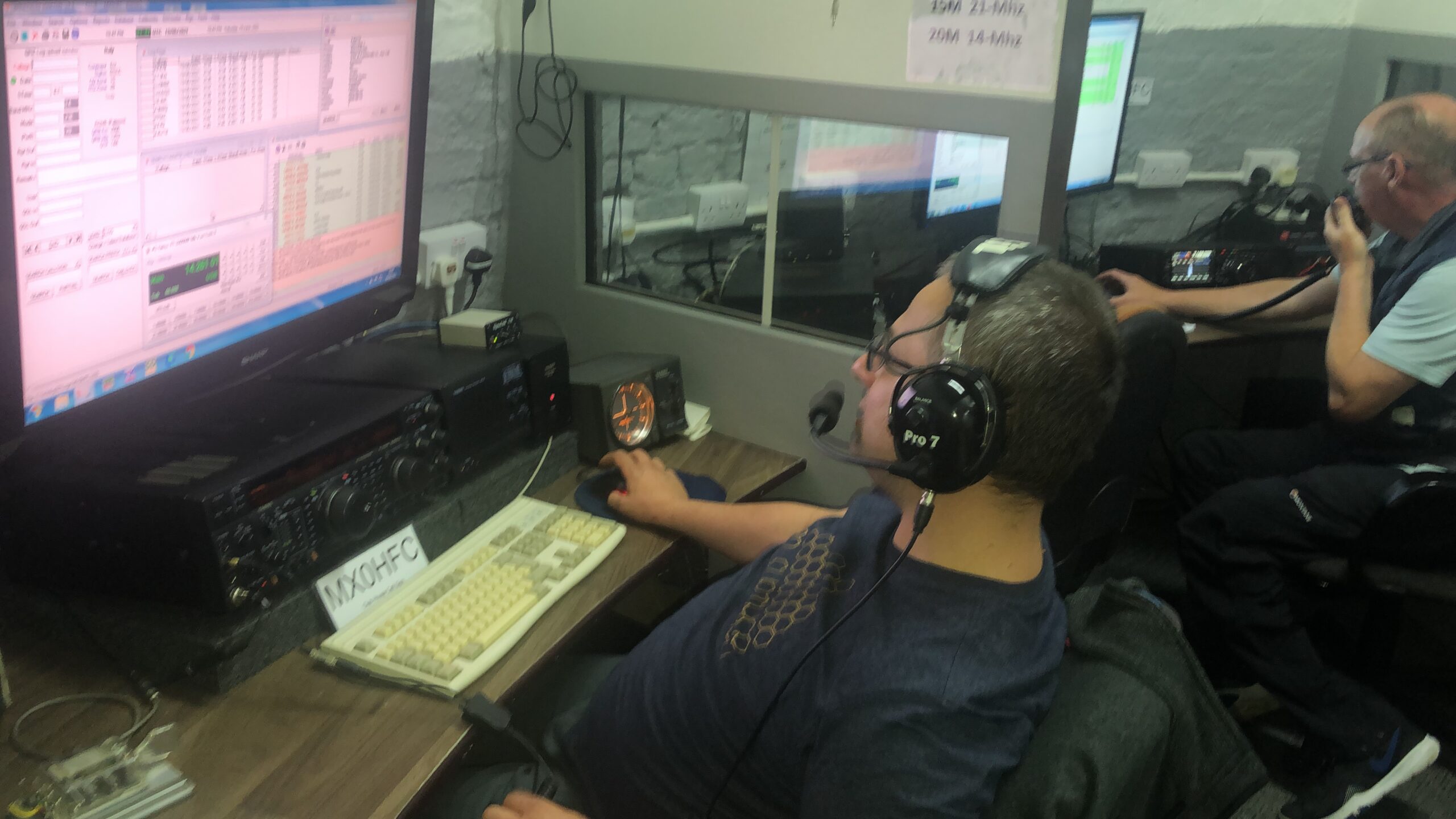


You must be logged in to post a comment.